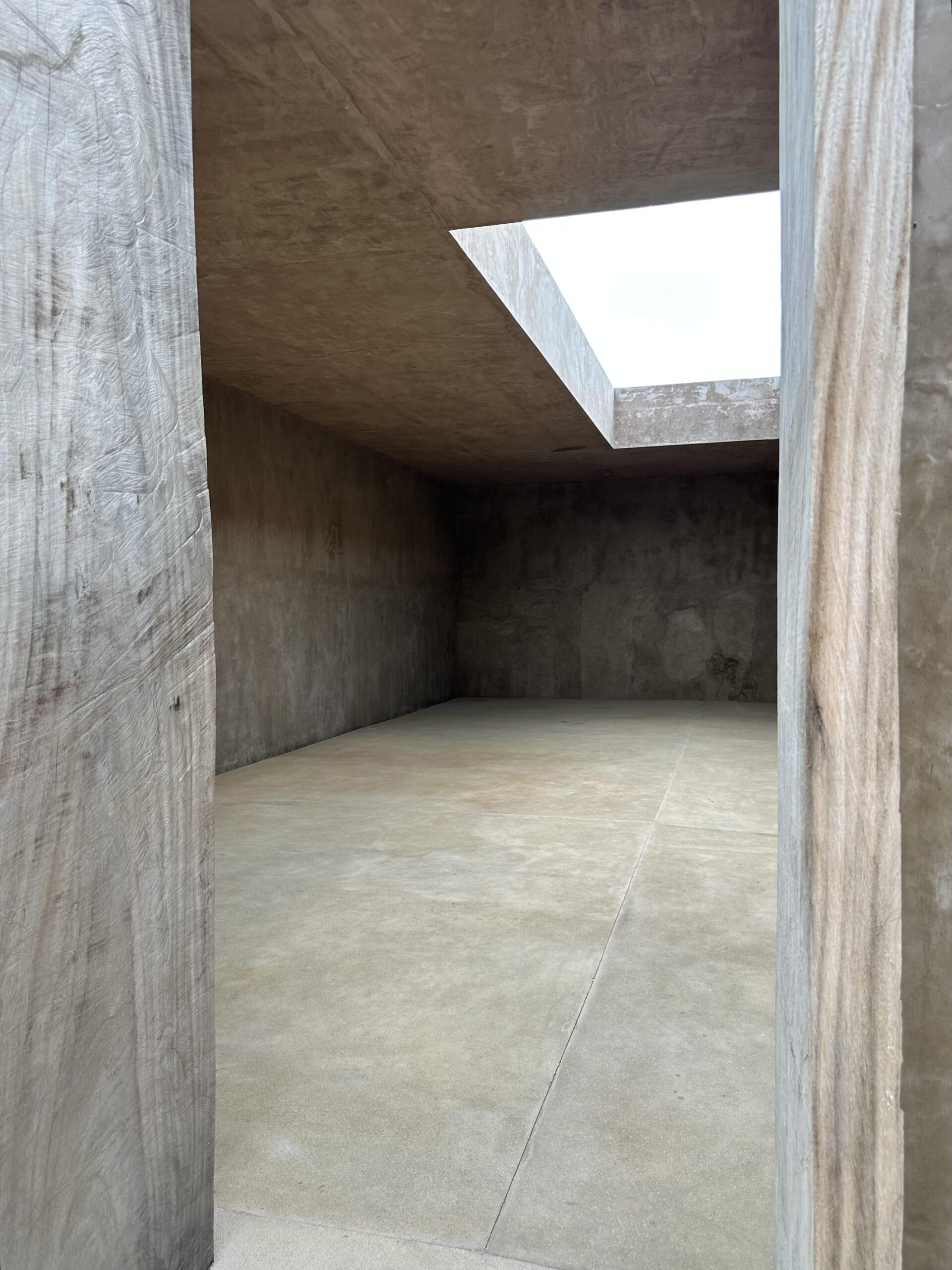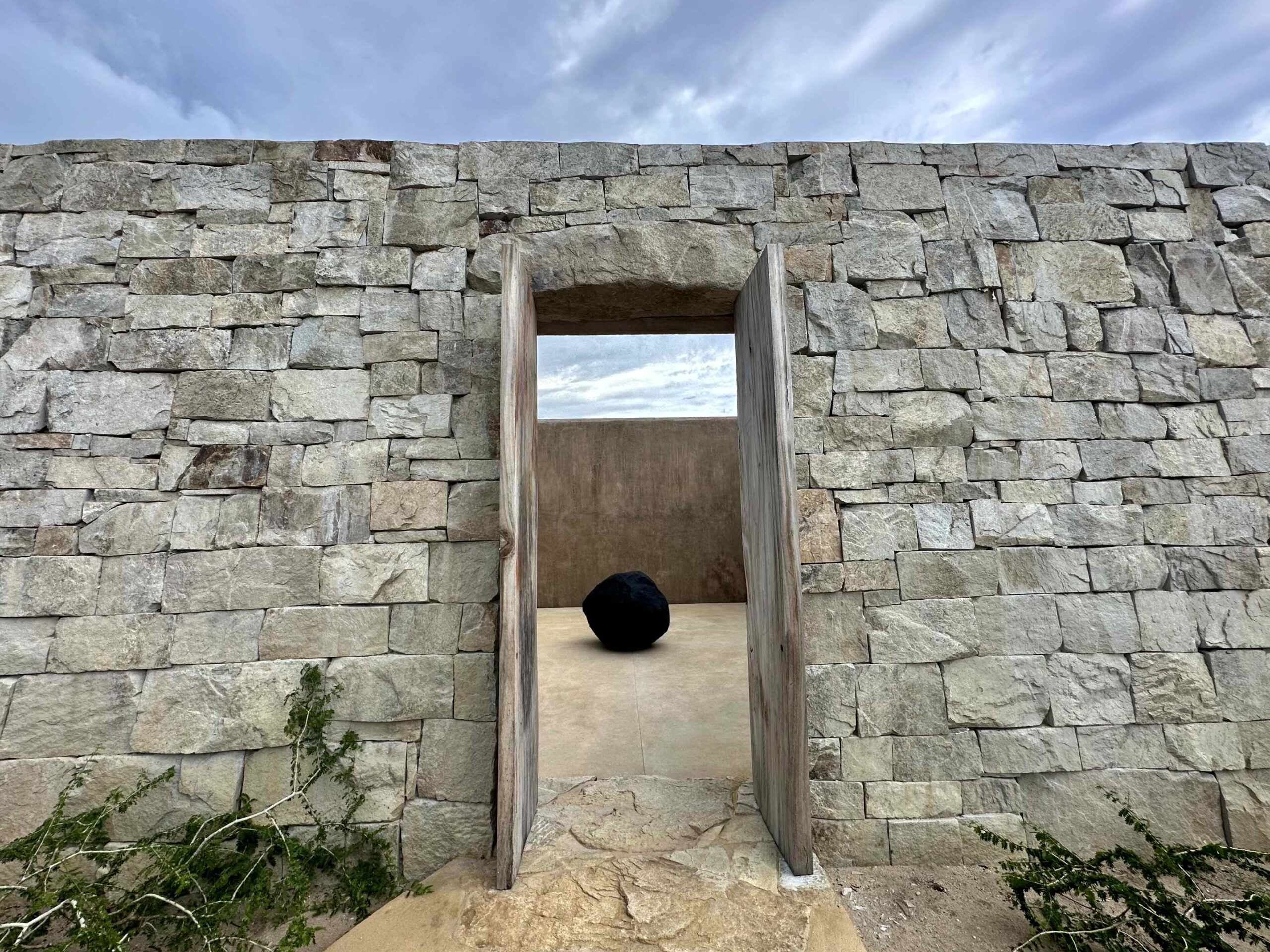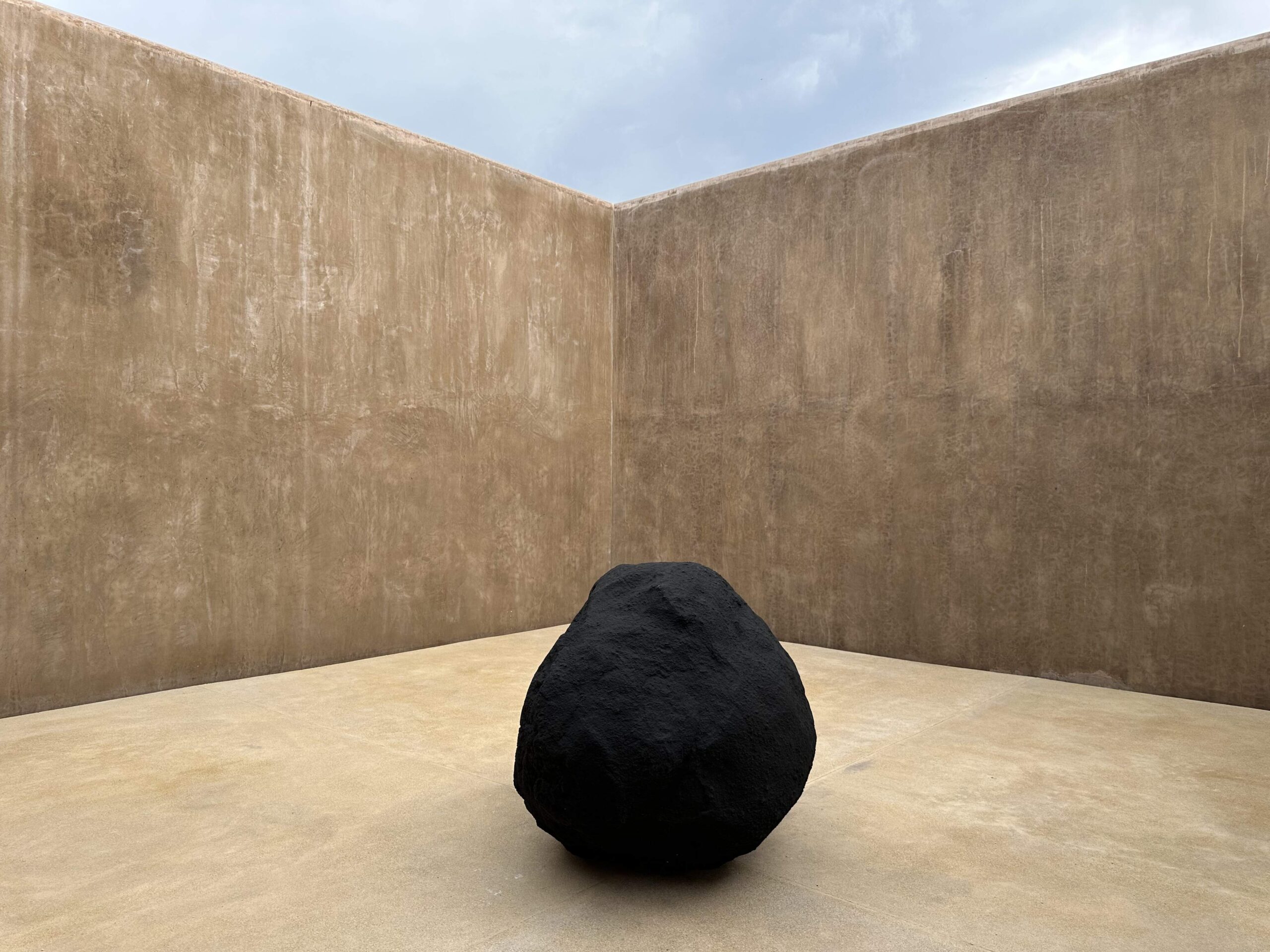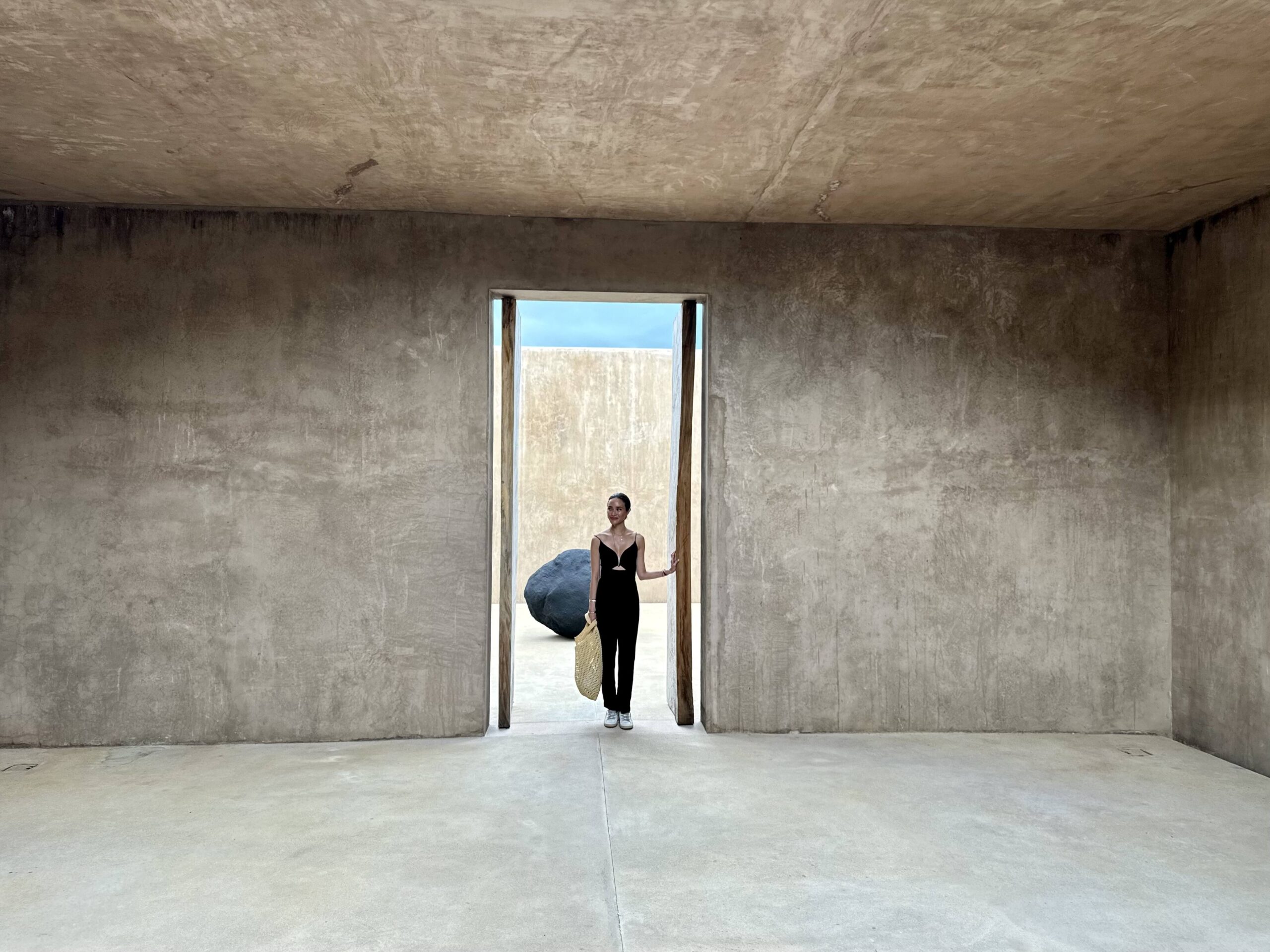Art lies in the open and is at the mercy of the natural world in Meridiano
Art is heavily protected—tucked behind layers upon layers of protection—cased in state-of-the-art frames located in some of the most heavily guarded buildings across the world. They are fragile, in need of constant care and attention, and risk deterioration upon the faintest contact with external forces. Art is also heavily bound—restricted within the space it resides in, be it a canvas or the four walls of a room.
Modern art inhabits a controlled environment. However, this was not always the case. Artisans of civilizations past had no access to the methods and institutions we utilize today for preserving art. And yet, statues, sculptures, and pottery originating from civilizations that no longer exist—here they still stand. In a nutshell, art can forego the presence of the gallery and still stand against the forces of nature—we just have to take a step back, and once again learn from those who came before us.
Meridiano stands to expand upon the existing gallery model, challenging the artist to create beyond the norms and conventions modern art dictates, and the viewer to experience art differently.

Meridiano was opened just this February and is located on the Oaxacan coast in Puerto Escondido, Mexico. It was built to provide artists from all over the world with a stage that can accommodate long-form, site-specific, and experimental pieces that other exhibition spaces within the metro cannot. The pseudo-gallery was founded by Nicholas Olney and Boris Vervoordt. Laura Castillo is the director of operations at Meridiano.
Olney is the President of Kasmin Gallery in Chelsea, New York. He is also on the Board of Directors of the Art Dealers Association of America. Vervoordt on the other hand is the director of Axel Vervoordt Company.
According to Olney, “The core mission of the space is to create a place for artists to make new art that reacts directly to the elements of the natural environment. This is a part of the world where the elements are very strong. The sun and light are very strong, the ocean just behind us is very powerful, we’re very present with the mountains as well as a feeling of being on the edge of the earth.”
And that is reflected in Meridiano’s architecture, which was designed by architect Tatsuro Miki and Axel Vervoordt. The gallery consists of two main areas: an open square and a covered rectangular room with an oculus opening up the ceiling. The design ensures the space’s constant interaction with the natural environment. Moreover, “The resulting space offers a timeless vessel for contemplation, where visitors are invited to experience not only the artwork but the changing conditions in the environment that focus perception on the passage of time,” shares Meridiano via Instagram.


Meridiano’s inaugural exhibition was mounted by Kimsooja and titled 자오선 (Jaoseon), the Korean word for meridian.
The exhibition is centered around the work, Deductive Object – Bottari, 2023. It is (surprise) a rock that the artist discovered in Puerto Escondido. It was painted matte black and placed in the center of the square room. The piece aims to fully take advantage of the harsh and constant sunlight Meridiano is subjected to, playing with the interaction between light and shadows, and the resulting image that is created once it hits the surrounding structure. Moreover, the resulting sight is ever-changing and subject to uncontrollable natural variables—an embodiment of the space’s very philosophy (the constant change of natural conditions due to the passing of time).
More accurately, “Jaoseon initiates a performance that puts the verticality of the body by capturing the moment when the light is constantly transformed into a geometric structure. A performance that places the body at the moment when the space of this place—reminiscent of the architecture of ancient civilizations—is constantly transformed. The decisive moment of geometry where the space of the ground and the temporality of the sun intersect and are redefined and expanded by light and shadow and the artist’s upright position,” shares Meridiano via Instagram.

Story originally from RIA RECOMMENDS








































